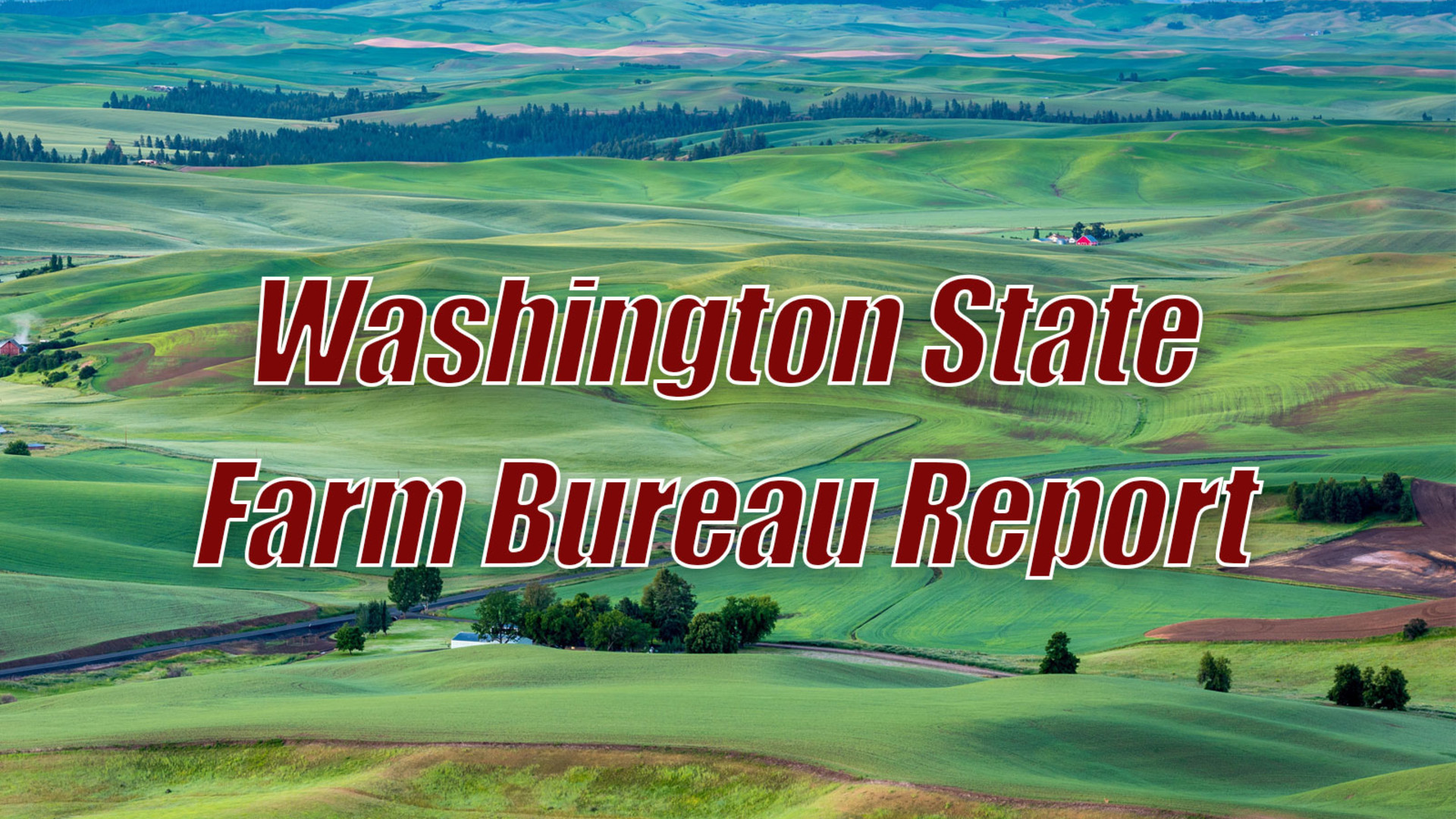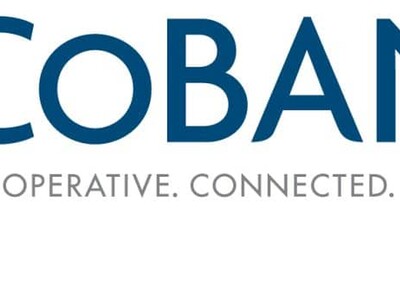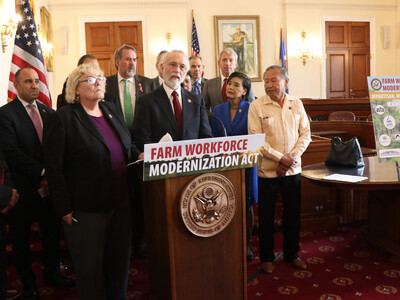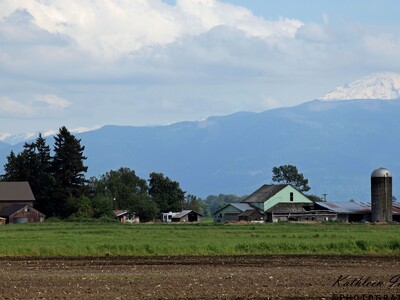Disease Containment & Animal Identification
Identify it early, contain it quickly. Those are words Washington state veterinarian Leonard Eldridge lives by. In today’s world where international travel is common place, and food is globally distributed infectious diseases can quickly be transmitted from one country to another. As the state’s chief veterinarian and WSDA’s assistant director of the Animal Services Division, Eldridge spends the majority of his time making sure disease causing pathogens are kept in check, along with sharing his knowledge and extensive experience with aspiring veterinary students, which he did recently when he addressed WSU third-year veterinary students in the new Emerging and Exotic Diseases of Animals class. Eldridge told the collected students that because dangerous microbes can launch widespread disease from country to country quite quickly these days, "We must safeguard the people of Washington by identifying and limiting their exposure”.
The WSDA has been giving the authority by the legislature to put a computerized animal identification and traceability data base system into place, but where will the funds for such a system come from? WSDA’s Dan Newhouse explains.
NEWHOUSE: The funding will come from a fee imposed on the livestock producer. It will be similar to when you register your title for your automobile, when you sell that automobile that title will be transferred to the new owner so there’ll be a tracking system for that vehicle; and also now in what we’re looking to for that animal.
Such a system will allow for better tracking and help prevent the kinds of losses seen in the livestock industry as a result of the BSE incident in 2003.
I’m Lacy Gray and that’s Washington Ag Today on the Northwest Ag Information Network.
















